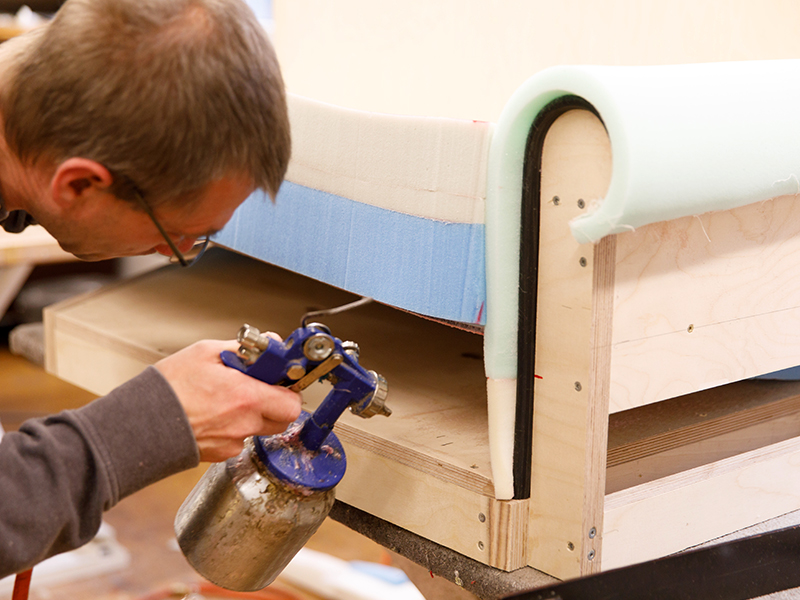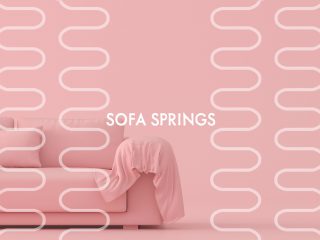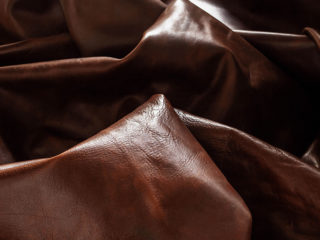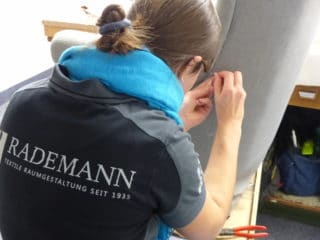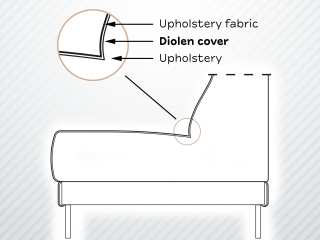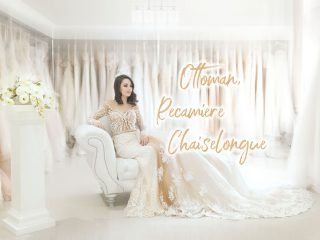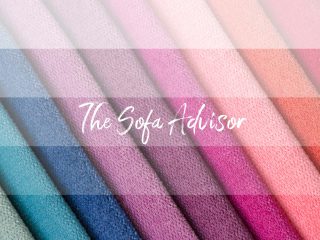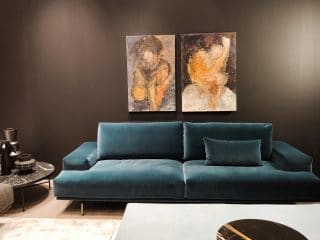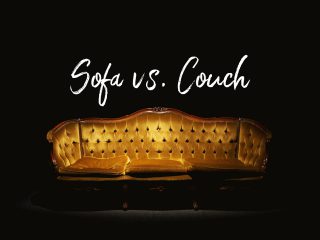Overview
The manufacture of a sofa is still largely manual labor. This is because the large and varied range of goods only leaves limited room for production on an assembly line. Nowadays, the customer often has a wide choice of feet, armrests, comfort functions, covers, seat hardness and dimensions. Often, the customer also has the option of customizing his or her dream sofa using a configurator. Therefore, manufacturing is usually done only after receipt of the individual customer request.
Quality sofa “Made in Germany
The base is important in the manufacture of a sofa
The first requirement for a good upholstered furniture is the base. The material, construction and shape of the underframe play a major role in determining the serviceability of a sofa. After all, it should withstand a load of several 100 kilograms for years.
Sofa bases are made mainly of wood. Therefore, for all load-bearing parts of the structure is used solid hardwood, such as beech. For non-load-bearing parts, softwood or wood-based materials such as plywood or chipboard are used. The frames are mortised, doweled and glued. During production, care is taken to ensure that the wooden parts are well rounded and smoothed. Incisions and chafing are thus avoided.
In recent years, the bases of modern designer furniture are increasingly made of metal. These are usually lighter than wooden frames and do not require suspension due to their special construction.
Plastic is also increasingly used: for the production of furniture in large quantities, molded frame parts or complete frames are made of rigid foam.
Functional furniture: More than just sitting
Already during the design of the base must be considered whether the sofa will be equipped with additional functions. If the sofa is to serve as a guest bed or if a bed base is to be integrated, the quality of the fittings (hinges, pull-out rails, etc.) are of particular importance. If the manufacturer makes savings here, the functions cannot be operated comfortably later. When buying a sofa, it is therefore important that you have the functions explained to you and try them out.
Nosag suspension as a basis
In the past, webbing straps played a supporting role in upholstery. They were attached to the base and served as stable and at the same time flexible carriers of the upholstery. In the case of classic upholstery and innersprings, inelastic textile webbing made of hemp or jute was usually used. For elastic back and seat upholstery, rubber belts were often used. Less stretchy belts were chosen for the seat area and very stretchy qualities for the back area.
Today, the much more durable Nosag springing is used more and more often for the sub-suspension. A serpentine long wire is applied directly to the substructure and, as long as it is high-quality material, lasts an eternity. Another advantage is that the degree of hardness can be adjusted by tensioning the spring wire to different degrees.
The classic suspension
Until the 1960s, a sofa was mainly upholstered with springs. For this purpose, individual metal springs (waist, cone or cylinder springs, depending on the shape) were braced with cords, which allowed the elasticity and position of each individual spring to be influenced separately. This very elaborate process is rarely used today, for example in the restoration of antique furniture.
Suspension from today
Nowadays, spring cores are used in which the individual springs are already connected to form larger surfaces. So that the metal springs are not noticeable later, they are covered with several layers of padding. These were traditionally made of horsehair, wool or coconut fibers. Today they are very often made of foams or a combination of materials.
Horizontal slatted base
In addition to the coil spring, which stands vertically to the seat, horizontally running flat springs in wave or spiral form are also used today as the underspringing of seat or backrest upholstery. These under-springs, such as the Nosag springing, now frequently replace the tensioning straps in the seat.
The combination of bottom springing and spring core is called double springing. However, foam padding can also be applied to undersprings.
Foam padding
Today, modern upholstery techniques do not use metal springs. A multi-layer combination of different foams is attached to the bottom springing, which usually consists of nosag springs (wave springs).
The foams differ in terms of density and compression hardness, so that different cushioning effects can be achieved. Polyurethane (PUR) foams, which also include polyether, are predominantly used. The density determines the degree of hardness and elasticity: the higher the density, the better the dimensional stability of the foam.
When manufacturing a sofa in large series or with a special high quality, molded parts are often used. Otherwise, the required shapes are cut out of large foam blocks. For particularly stressed sections, such as edges, composite foams are made from pressed foam flakes. They have a very high density and are therefore particularly hard-wearing.
Foams produced using cold foam technology, which are also often used for mattresses, are considered to be particularly good. Cold foam (also called HR foam) produced under the same conditions and from the same raw materials has a more uniform hardness distribution than standard foam.
Cushion padding
If the upholstery is not firmly connected to the frame throughout, but equipped with loose or even selectively attached cushions, as a filling material for the cushions are usually used specially shaped foam rods or beads. In addition, polyester wadding is used. The base for the cushion upholstery is usually a spring core or foam padding.
The cover: special precision is required here
Finally, the finished upholstered sofa is covered. For this purpose, the fabric or leather parts are cut as precisely as possible and then sewn together.
The chosen sewing technique depends on the particular model. Precise and straight seams are very important not only for the later appearance, but also for durability. A lot of experience is important here. Often there are traditional craftsmen and interior decorators on site who have mastered these techniques for generations.
Before the cover is slipped over the finished sofa, a fleece or diol cover is inserted between the sofa fabric and the upholstery. It serves as an abrasion-resistant separating layer. The upholstery fabric is then pulled over the sofa and nailed, stapled or glued to the frame with the right amount of tension.
Which padding for what?
The upholstery chosen in each case is not only a question of the desired seating comfort. It is also related to the shape and appearance of the upholstered furniture.
For low designer sofas high spring upholstery is usually out of the question.
In the case of an L- or U-shaped living landscape, which consists, for example, of a 3-seater, a round corner and an open end element, it is quite possible, due to the construction, that individual modules have different slats. Accordingly, the seating feeling differs slightly on the individual modules.
Additional features such as an integrated guest bed, seat or back adjustments can also help determine the upholstery of the sofa.
